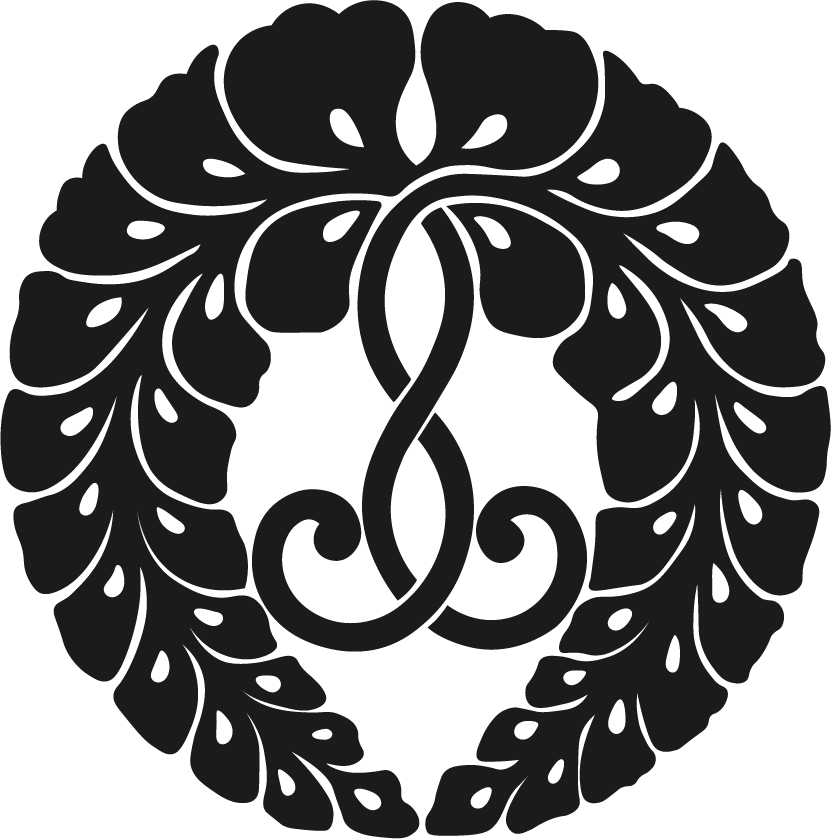Ransetsu and the Plum Blossom
By Rev. Matt Hamasaki | Ministers Blog
It’s April and hopefully by the time you are reading this, we are in spring and well into the warm weather!
As I’m writing this, the weather outside is dreary but not quite cold, indicative of the strangely back-and-forth days we’ve been having where one day the high will be in the 50’s and freezing, and the next week the high is in the mid-70’s and shorts weather.
Although it has not been consistent, there are these small steps we take toward the spring, and it reminds me of a haiku written by Hattori Ransetsu: “ume ichirin/ichirin hodo/no atatakasa,” translated as: “on the plum tree one blossom/one blossom worth/of warmth.”
First, a little bit about Ransetsu. He was born in 1654 and was a student of Basho as he is found earliest in literary records of two publications of anthologies under Basho’s name (Basho being agreed upon by scholars to be one of the most important haiku authors of all time). Thus, from a relatively young age, he was seen to be a poet who could produce high-quality work.
Another indication of his ability was that in 1702 he circulated what is known as a New Year Haikai Ichimazuri, which is a poem that is not offered for sale but distributed on a single sheet of quality paper among fellow poets.
In terms of his life, after Basho passed away, Ransetsu shaved his head to become a Buddhist monk. This was similar to Basho’s later life in that he also was interested in Buddhism and the monastic life. Perhaps connected to his relationship with Buddhism, Ransetsu’s work is characterized by his compassion for all living things and their condition. Like his contemporaries, he was also concerned with time passing, the transience of beauty, the unity of humankind and experiencing nature.
Now, about the poem: the plum blossom is a symbol of the change from winter to spring. Although not presently, at one time the plum blossom was more popular than the cherry blossom in Japan. It is still enjoyed by those that would rather not be in the crowded masses that gather for the cherry blossom viewing.
Either way, Ransetsu speaks of one blossom on the tree and the warmth that it brings. As with most poetry, it is purposefully vague, and here it speaks to the dichotomies of limited and limitless, optimistic and pessimistic.
Either way, it depends on how you look at it. The broadness of warmth can be interpreted however you’d like, but with one blossom, perhaps it means the coming of many more, or maybe it means that there’s only one and there’s still a way to go until the spring.
Just like this plum blossom, all events in our lives give us the opportunity to look from two different perspectives. Ultimately, the plum blossom is simply a plum blossom and nothing more. However, our interaction with it summons the warmth within us, and we can decide how we would like to move forward with that reaction. We can be happy or bitter. And while this is only one small action, eventually they will all bloom together, making up the tree that is our life, full of blossoms of our choices to be happy or bitter.
And so, no matter how small our reactions may seem, it is of the utmost importance for us to see how each moment we live is a beautiful opportunity.

